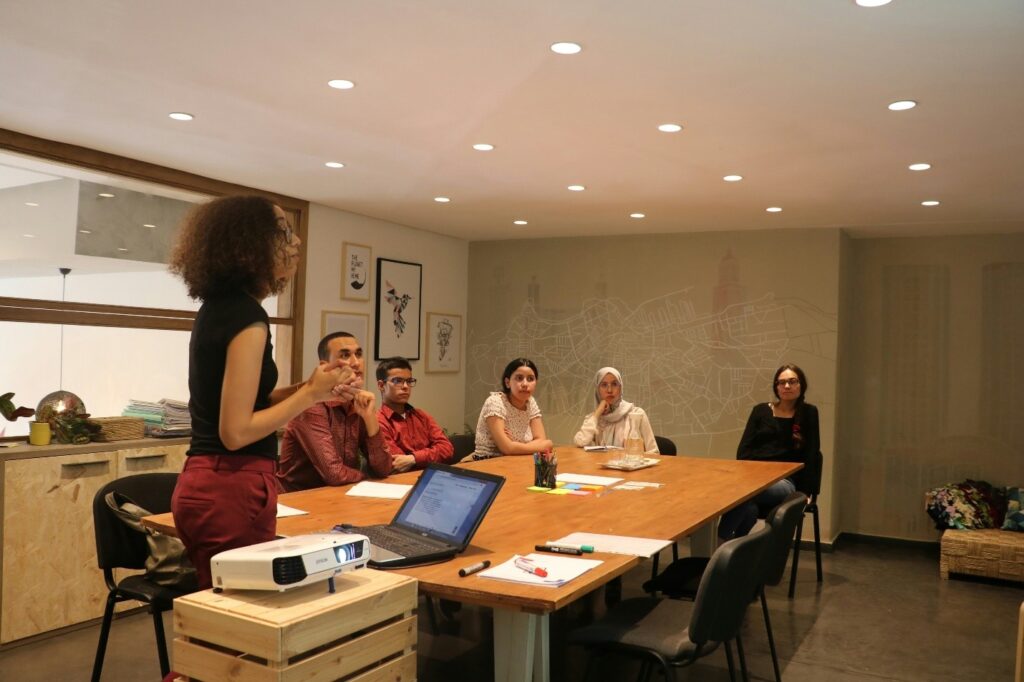The shift toward remote and hybrid work has transformed how organizations operate, collaborate, and engage talent. For nonprofits, this evolution presents both challenges and opportunities. While many mission-driven organizations have long led with purpose, today’s workforce expects more: flexibility, balance, psychological safety, and access to meaningful work.
Adapting to these expectations without compromising limited budgets requires thoughtful strategies and intentional planning.
Understanding the changing landscape
Nonprofits are adjusting to a work environment where flexibility is no longer a benefit—it’s a baseline. Remote and hybrid options are key drivers in talent recruitment and retention, particularly among younger professionals and those in high-demand fields like technology, finance, and compliance.
But with this flexibility comes complexity:
-
- How do you foster team cohesion across locations?
- How do you ensure accountability and engagement in a remote setting?
- How do you compete for specialized talent without the ability to match private-sector salaries?
These are critical questions nonprofit leaders are grappling with.
Challenges nonprofits face
While the nonprofit sector offers deeply meaningful work, organizations often face structural hurdles in meeting evolving workforce needs:
-
- Recruitment Difficulties: Competing for talent especially in IT and compliance can be difficult without competitive pay.
- Operational Gaps: Limited internal resources make it harder to support a distributed workforce with the right technology, tools, and processes.
- Employee Retention: Burnout, lack of flexibility, or unclear career growth pathways can lead to turnover.
- Cultural Disconnect: Building culture remotely requires new communication rhythms and digital tools to preserve values, inclusion, and belonging.
Practical strategies for nonprofit leaders

Despite these challenges, many nonprofits are finding effective, low-cost ways to meet modern workforce expectations. Here are some approaches worth considering:
1. Create a digital-first work environment
Establish clear guidelines and tools for virtual collaboration. This includes secure file sharing, real-time messaging, and centralized platforms for team updates and documentation.
2. Prioritize culture and connection
Make space for informal check-ins, celebrate wins (big or small), and embed your mission in everyday communications—even virtually.
3. Redefine compensation Through total value
While salaries may be limited, emphasize flexibility, autonomy, learning opportunities, wellness initiatives, and the intrinsic reward of purpose-driven work.
4. Invest in professional development
Upskilling internal staff—especially in digital skills—can often be more cost-effective than new hires. Encourage cross-training, knowledge sharing, and peer mentorship.
5. Leverage external expertise thoughtfully
When full-time hires aren’t feasible, consider tapping into external support for specialized needs like cybersecurity, IT governance, or compliance readiness. This helps nonprofits maintain high standards without overextending internal teams.
How Alliance Technologies can support these efforts
While every nonprofit’s situation is unique, many benefit from strategic partnerships that help extend internal capacity. We work alongside purpose-driven organizations to strengthen the digital foundations that support modern, remote-ready teams.
Whether it’s implementing secure collaboration tools, developing onboarding platforms in SharePoint, or advising on Microsoft 365 governance and compliance, our role is to help nonprofits align their technology with their mission—sustainably and strategically.
Moving forward with confidence
Workforce challenges in a remote and hybrid world are real, but they’re also surmountable. With intentional planning, adaptive leadership, and the right blend of internal and external resources, nonprofits can build strong, connected teams ready to meet the moment.
By embracing flexibility, prioritizing people, and leveraging technology as a force for good, nonprofits can thrive.
About the Author
Cesar Abad | Founder & Chief Executive Officer, Alliance Technologies
Cesar Abad is the Founder and CEO of Alliance Technologies, where he leads with a deep commitment to empowering purpose-driven organizations through innovative, secure, and scalable technology solutions. With over two decades of experience in IT leadership, Cesar specializes in digital transformation, Microsoft 365, cybersecurity, and governance frameworks tailored to the unique needs of nonprofits and housing authorities.
His writing draws on real-world experience helping mission-focused organizations modernize their operations, navigate complex compliance requirements, and build technology environments that support long-term impact. Cesar’s passion lies in making enterprise-grade technology accessible and effective for organizations that serve the greater good.




